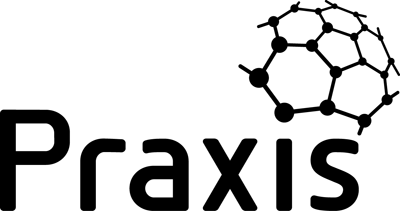In addition to time-driven progress reports, progress may be reported at a particular event. This may be more applicable to certain stakeholders and will also be an input to the go/no go decision process at the end of a defined segment of work e.g. the end of a stage within a project; the end of a contractor’s work package; the end of a tranche within a programme or the end of a project within a portfolio.
Regardless of the scale or context, the principles are the same. The report needs to explain what has been done compared to what was planned; what, if anything, comes next; what lessons have been learned.
The content of an effective event report is dependent upon the judgement of a competent manager who understands the needs of the report’s recipient.
Content should reflect the context of the work and target audience, but the primary categories of information are:
Templates:
- Date
-
The date of the report.
- Event
-
The segment of work covered by the report.
- Summary
-
An overview of performance, highlighting the key points in the report and any actions or decisions required by the recipients of the report.
- Performance
-
Performance in all elements of delivery should be reported according to the control management plan and the scope of work covered by the report. Detailed progress will have been covered by the time-driven progress reports. This report can have two main functions.
Firstly, it informs stakeholders of performance in a segment of work that has been completed. This may simply be a matter of good communication and stakeholder relations or, secondly, it may be a key part of deciding whether to continue with the next segment of work.
In either case it should summarise performance in the areas of:
- Scope: deliverables completed and accepted; changes authorised; quality control results.
- Schedule: summarised actual vs. baseline schedules; key performance indicators such as schedule performance index.
- Finance: actual vs. baseline cash flow; key performance indicators such as cost performance index.
- Risk: were risk responses effective, were there major risks that occurred and had not been foreseen?
- Resource: actual vs. baseline resource usage; contract performance.
- Change: how has change been received; were change objectives completed?
- Stakeholders: communications completed; stakeholder reaction.
- Next event report
-
If the segment of work covered by this report is followed by another related segment, that should be described here. If there are elements of the completed segment of work that are outstanding these should be detailed in a follow-on actions report.
- Lessons report
- A review of what went well, what went badly and suggestions for lessons to be included in the lessons log.





